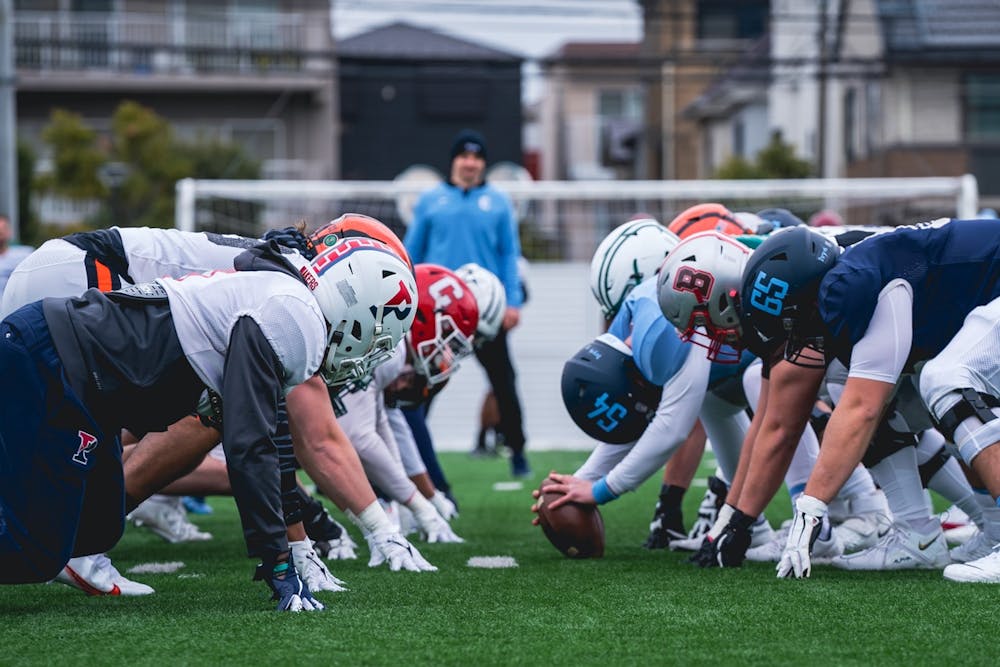
In May, the NCAA agreed on a tentative $2.8 billion settlement that would provide direct compensation to former and current college athletes. On Monday, nearly four months later, the settlement gained preliminary judicial approval — a historic step towards paying collegiate athletes.
Division I players who participated in NCAA-sanctioned athletics from 2016 to now are eligible to apply for payment starting Oct. 18 following the approval by United States District Court Judge Claudia Wilken.
“We are thrilled by Judge Wilken’s decision to give preliminary approval to the landmark settlement that will help bring stability and sustainability to college athletics while delivering increased benefits to student-athletes for years to come,” NCAA President Charlie Baker said in a statement following the approval.
The settlement, which has a final hearing set for April 7, 2025, is in response to three separate antitrust lawsuits filed against the NCAA, all claiming that college athletes have an entitlement to profit off their play for their respective colleges.
If the April hearing is successful, the $2.8 billion payment will be doled out over the next decade by schools that ‘employ’ D-I athletes. The NCAA is set to take on 41% of the payout, and the rest of the payout share will be determined by the estimated conference revenue brought in. This will be determined by various factors, including representation in postseason tournaments such as men’s basketball.
On top of the payout to former and current players, a revenue-sharing model will be employed by universities for future player compensation. The Power Four NCAA conferences (Atlantic Coast Conference, Big Ten, Big 12, Southeastern Conference) have agreed on a model that would see payments up to $21.5 million, approximately 22% of each school’s average athletic revenue, be paid out to players. The amount of money allocated to athletes will be determined on a school-by-school basis, and this $21.5 million evaluation will be recalculated periodically.
As a result, schools will operate under $21.5 million as a salary cap of sorts, but that number also creates potential pitfalls for schools with less revenue who may struggle to reach it— falling short of the figure would likely impact recruitment, but reaching it could involve difficult cost-cutting measures, including the elimination of non-revenue sports.
At Penn, current athletes have been skeptical of the University’s willingness to designate them as employees.
In the wake of Dartmouth men’s basketball unionization efforts, an anonymous Penn football player told The Daily Pennsylvanian, “I also know football is hardly revenue-making at Penn, and the first thing Penn would do once we get minimum wage is cut the sport, somewhat dishearteningly … They’re too smart to pay us.”
The University has not offered a statement on the settlement, but there has been pushback from within the Ivy League.
“It feels like the NCAA is bailing out the biggest spenders, and conferences like [the Ivy League] are paying for the majority of the settlement,” Ivy League Executive Director Robin Harris told The New York Times.
Following Monday’s preliminary approval, the college sports world has the potential to turn upside down in April 2025, but the lengths of this change are still unknown. Unionization efforts, federal name, image and likeness policy and legislation, and other lawsuits involving the NCAA’s treatment of players are still pending.
The Daily Pennsylvanian is an independent, student-run newspaper. Please consider making a donation to support the coverage that shapes the University. Your generosity ensures a future of strong journalism at Penn.
Donate







